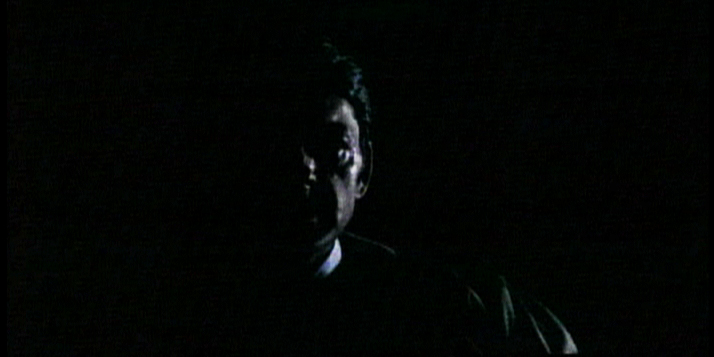What makes an event trend locally?
Well, the simple answer is that the #hashtag or term needs to show up on the Twitter stream so often that it starts trending. This past week #TIFF ( Toronto International Film Festival) was trending in Toronto (if not Canada) on Twitter.
Which brings me to a question I want to help answer:
How do you trend?
On Tuesday, the Toronto Maple Leafs opened their pre-season schedule against the Ottawa Senators. This game at the Air Canada Centre was sponsored by Coca Cola’s Coke Zero brand. But this story began a couple of months ago…
Earlier this summer I was invited to participate in a marketing promotion that the Toronto Maple Leafs were participating in.
Sponsored by Coca Cola’s Coke Zero brand, a number of Maple Leafs and coaches “assaulted” a men’s beer league. This was the opening of the summer long promotion hyping up the “free” pre-season game between the Maple Leafs and hated Ottawa Senators.
On this evening, Joallore Alon (@clickflickca), Sean Ward (@seanward), myself and a few others descended on the Leafs practice facility in Etobicoke. We met the “beer” hockey players, the Maple Leafs players and coaches and even a bunch of Coke Zero promotional personalities.
After tweeting 140 characters at a time, we found out that the term #CokeZeroFansFirst started trending in Toronto. No big deal, I thought. Until I was told that Coke never trended (globally or in Toronto) during the entire World Cup. It did not even trend during Coke’s World Cup Trophy tour.
Yet here was a local event that did trend. Here are a few reasons why I think it did:
1. Concentration. Although it was a small event, there were at least a dozen people who were tweeting at the event live. Out of this, 4-5 people tweeted at least a half a dozen times.
2. Inclusion. Include people who are not at the live event. A few of us decided (with the support of the Leafs) to give away a few free tickets if they tweeted with the hashtag #CokeZeroFansFirst. And because Torontonians love the Leafs they tweeted like crazy to “win” those free tickets.
3. Local. Yes, Twitter is global. Yes, social media allows a brand to have a global reach at a low-cost. However, the power of social media is in the local aspect. Keeping strategies local gives a brand the opportunity to be a “big fish in a small pond.”
Joallore may have said it best, “I think it was the influencers snowballing the event that made the event. A combination of an established property in the Maple Leafs, the new trades and Twitter personalities made it easy. It’s all about timing.”
The next question that should be asked is…
Why do you want to trend?
The simple answer: To peek curiosity and create brand awareness. Imagine taking a look at your twitter stream (whether it’s everyone you follow or a specific list you’ve created) and seeing a #hashtag appear throughout a part of the day (or even the whole day.) You naturally become curious.
Then you start asking questions. And then so does everyone else.
Tweets begin to spread and the hashtag starts to take on a life on its own. If done properly (and tied to an online property where people can detailed information on the product/service/campaign) a brand can create a blanket of awareness in a city, country and even worldwide.
What value do you place on your brand being the talk of the town? Especially if its positive? What value do you place on more people becoming fans of your brand and eventually purchasing from you?
All because you saw a value in using social media and the power of a community of brand ambassadors.
That’s the power of trending, the power of community and the power of social media.
Here are two videos I made from the ambush event and the first game. I hope you enjoy.
#CokeZeroFansFirst Ambush Event:
[youtube=http://www.youtube.com/watch?v=EfIolrqR3V0]
#CokeZeroFansFirst Pre-Season Game:
[youtube=http://www.youtube.com/watch?v=4BP-GVJViyE]


 So Malcolm Gladwell has an opinion on “social media as saviour.” Seems he has been reading the wrong people because I don’t know anyone who believes that.
So Malcolm Gladwell has an opinion on “social media as saviour.” Seems he has been reading the wrong people because I don’t know anyone who believes that. Yesterday afternoon,
Yesterday afternoon, 